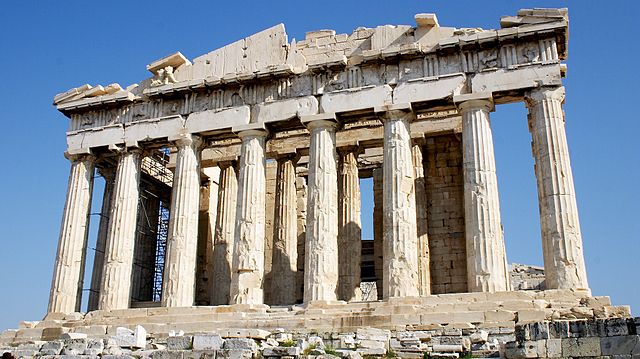HEROM Journal on Hellenistic and Roman Material Culture
Print ISSN: 2294-4273
Online ISSN: 2294-4281
HEROM is an online journal presenting innovative contributions to the study of material culture produced, exchanged, and consumed within the spheres of the Hellenistic kingdoms and the Roman world. The journal publishes papers in the full range of the scholarly field and in all relevant academic disciplines within the arts, humanities, social sciences and environmental sciences. HEROM creates a bridge between material culture specialists and the wider scientific community, with an interest in how humans interacted with and regarded artefacts from the late 4th century BC to the 7th century AD.
The journal seeks to provide more visibility for studies of material culture in many ways which are not necessarily covered by existing scholarly journals or conference proceedings. HEROM studies material culture in its totality, with a view to clarifying the complex wider implications of such evidence for understanding a host of issues concerning the economy, society, daily life, politics, religion, history of the ancient world, among other aspects.
A peer-reviewed online journal
HEROM contains Guaranteed Peer Reviewed Content (GPRC), coordinated by a strong, global scientific committee, and implements up-to-date online publication strategies.
See the full List of Open Access Journals in Ancient Studies
















